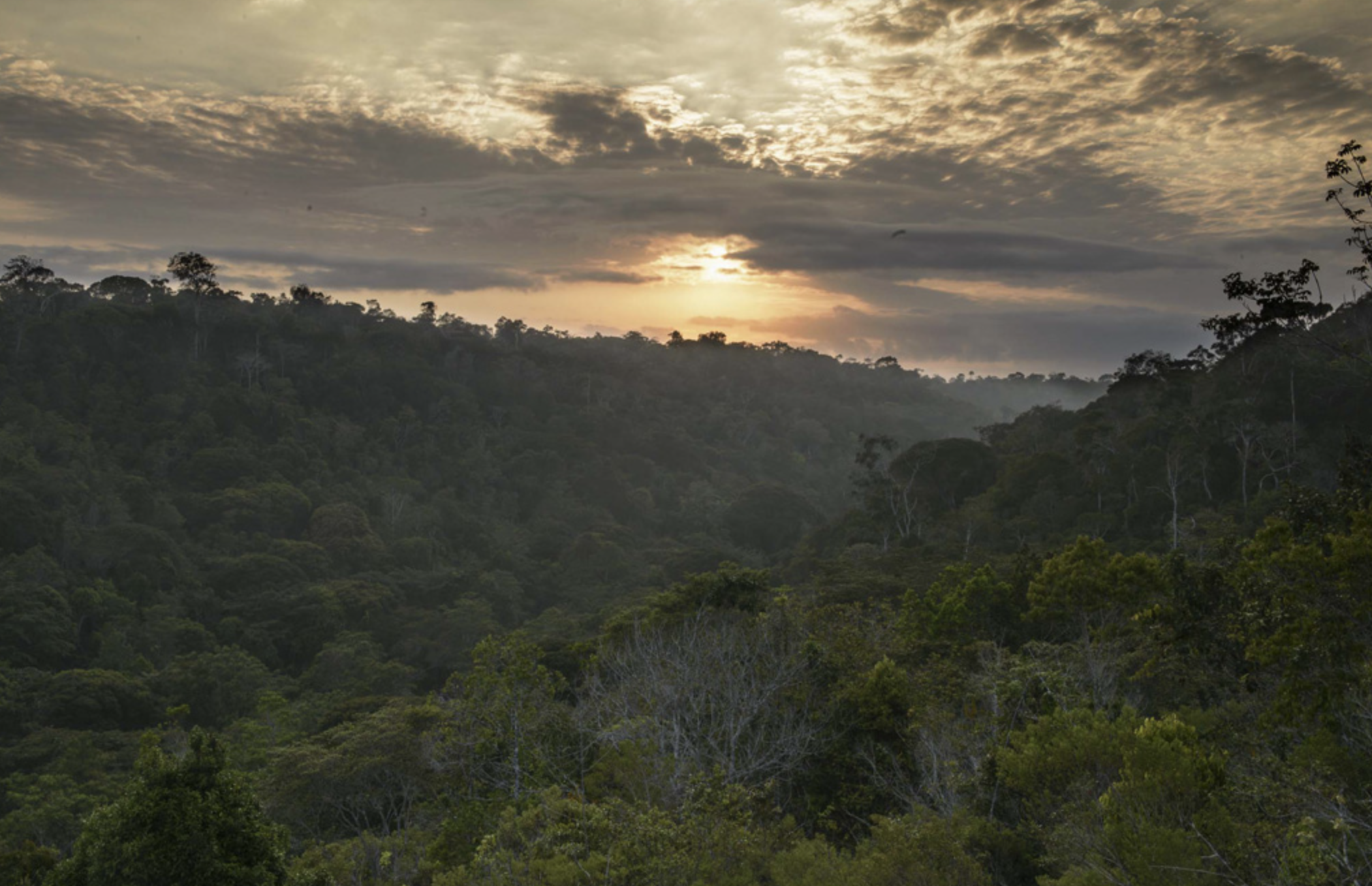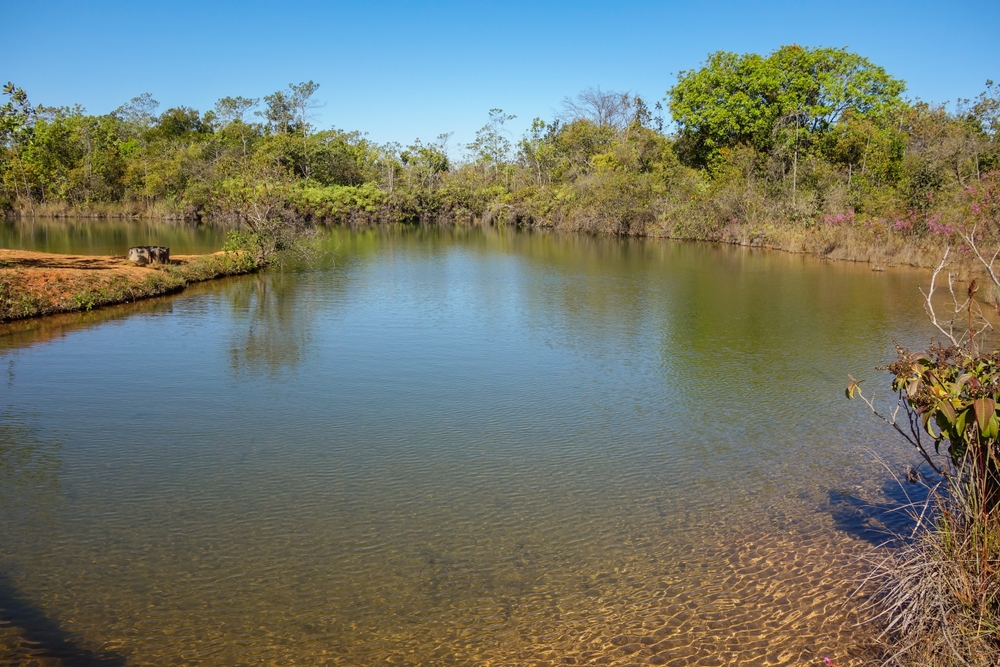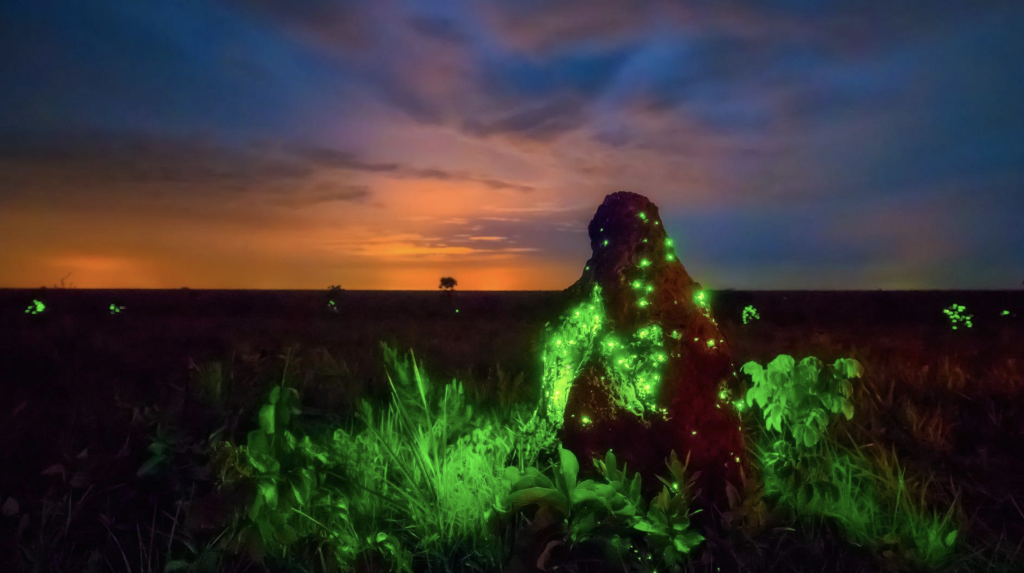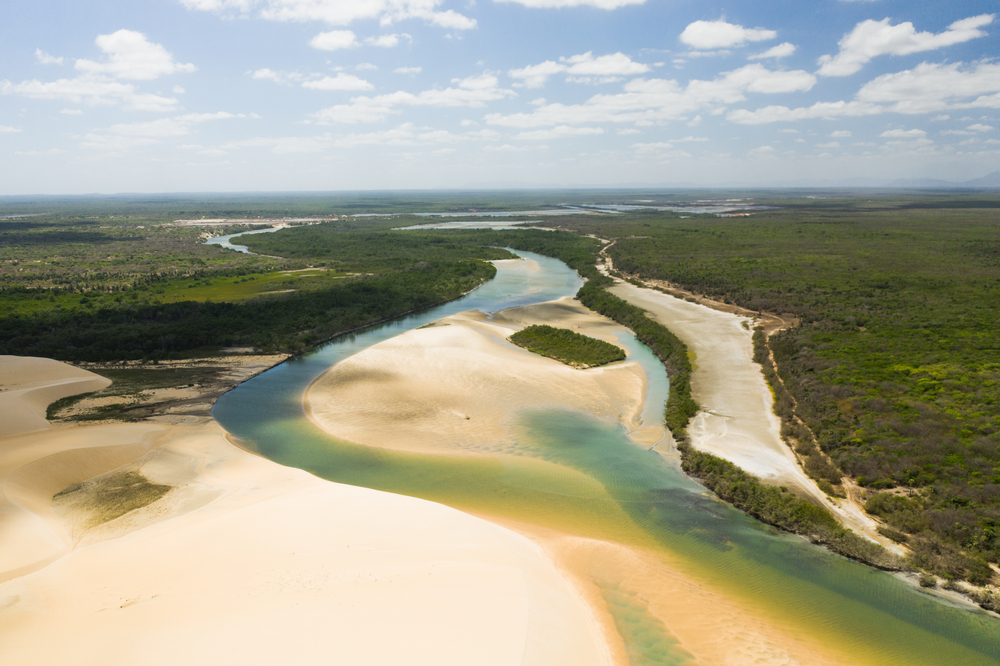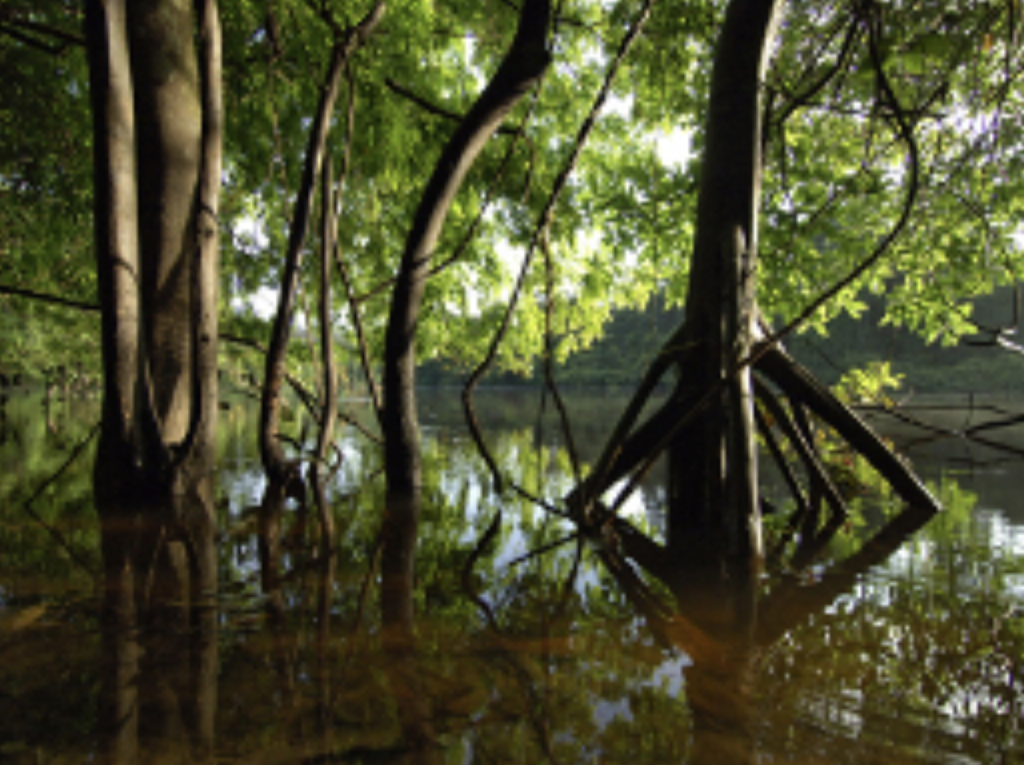Pau Brasil Overview
Pau Brasil National Park, known locally as Parque Nacional do Pau Brasil, is located in the southern part of the state of Bahia, Brazil, near the municipality of Porto Seguro. Covering approximately 193 square miles or 500 square kilometers, the park protects one of the last remaining stretches of the Atlantic Forest, a biodiversity hotspot.
This protected area was established not only for its rich biological heritage but also for the preservation of the endangered pau-brasil tree (Caesalpinia echinata), which once dominated the region and gave Brazil its name. The landscape is characterized by flat plateaus intersected by deep valleys and crystalline rivers, creating a patchwork of lush forests, grasslands, and seasonal wetlands.
Among its striking natural features are the Pau Brasil Plateau and the Rio dos Frades, whose waters wind through the forest. The terrain varies subtly in elevation, giving rise to unique microclimates that support a wide range of flora and fauna.
The park is especially noted for its dense and diverse vegetation, with towering trees, including the namesake pau-brasil, which reaches heights of up to 30 meters and was historically prized for its red dye. The flora also includes endangered species like the jequitibá and jussara palm, alongside epiphytes, bromeliads, and orchids that thrive in the humid conditions.
The verdant forest canopy offers shelter to many wildlife species, creating a haven for both mammals and birds. Visitors to Pau Brasil National Park might encounter elusive jaguars, ocelots, and the maned sloth, while smaller mammals such as coatis, armadillos, and howler monkeys are more commonly seen. The avian life is equally impressive, with over 500 recorded species, including the endangered red-billed curassow and colorful toucans, parrots, and hummingbirds.
One of the park’s most popular features is its network of scenic trails and lookouts. The Vista do Mirante provides panoramic views of the forest canopy, and the Trilha das Orquídeas winds through areas dense with flowering orchids.
Waterfalls and natural pools along the trails offer refreshing stops for hikers. For birdwatchers and photographers, the park is an ideal location due to the abundance and accessibility of its birdlife.
The Pau Brasil Interpretation Center at the entrance of the park offers visitors educational exhibits and guided tour options, enhancing the experience with ecological insights and cultural context. Accessibility has been a focus in recent years, with some trails adapted for visitors with mobility challenges.
The park plays a crucial role in conservation, especially as the Atlantic Forest is one of the most fragmented and endangered ecosystems in the world. Pau Brasil National Park represents a vital refuge for species that have lost habitat elsewhere.
Conservation successes include the reforestation of degraded areas and the implementation of scientific research programs that support biodiversity monitoring. However, challenges remain, particularly from illegal logging, poaching, and pressures from surrounding urban and agricultural expansion.
Collaborative efforts between environmental agencies, local communities, and NGOs are key to the ongoing protection and sustainable use of the park’s resources. Through education, ecotourism, and strict conservation policies, Pau Brasil National Park continues to be a symbol of Brazil’s natural heritage and environmental resilience.








































































